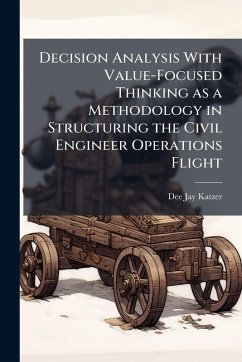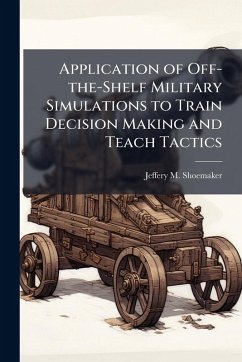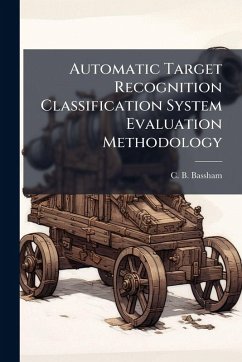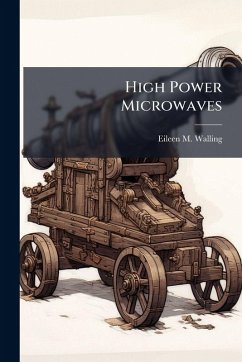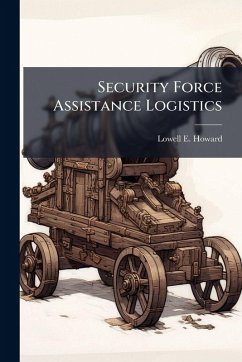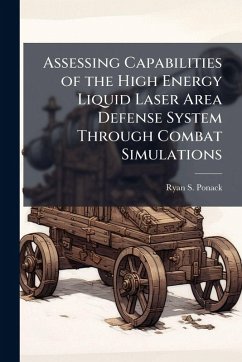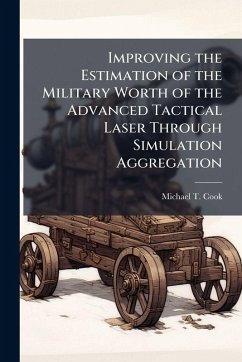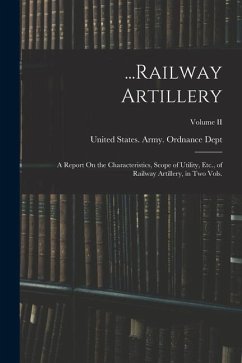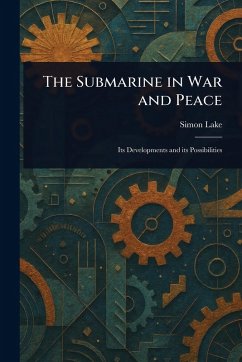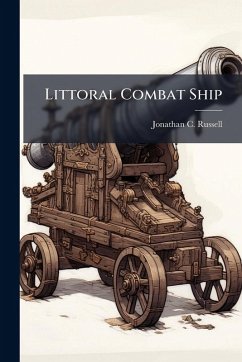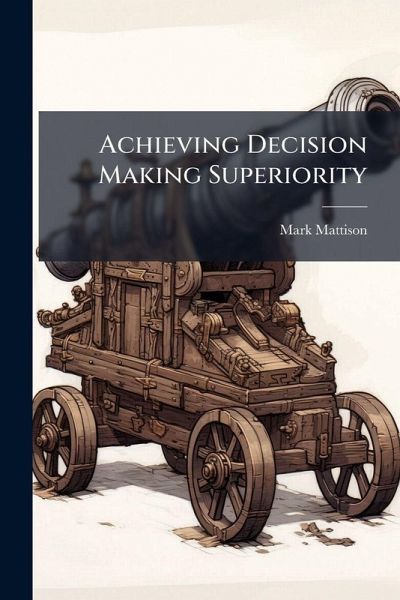
Achieving Decision Making Superiority

PAYBACK Punkte
8 °P sammeln!
The USAF is making a commitment to dominate the cyberspace domain in the same manner it dominates the air and space domains. This commitment comes during a time of accelerating growth in technology. If the current acceleration in technology continues, by the year 2025 defending U.S. cyberspace equity will require speed only available through automation of our cyber systems and decision making processes. To fly, fight and win in cyberspace the USAF should prepare for an OODA loop (observe, orient, decide, and act) measured in microseconds. Who will harness the capabilities of the cyber domain a...
The USAF is making a commitment to dominate the cyberspace domain in the same manner it dominates the air and space domains. This commitment comes during a time of accelerating growth in technology. If the current acceleration in technology continues, by the year 2025 defending U.S. cyberspace equity will require speed only available through automation of our cyber systems and decision making processes. To fly, fight and win in cyberspace the USAF should prepare for an OODA loop (observe, orient, decide, and act) measured in microseconds. Who will harness the capabilities of the cyber domain and integrate them with existing air and space capabilities? The infrastructure to protect our networks exists, but where is the cadre of cyber warriors (CW) to be educated? The accelerating pace of change in cyber technology brings new capabilities and increased availability for all players from nation states to small terrorist cells and criminals. This paper examines the need for the USAF to combine the specialized skills of CW with tactical genius and a warrior culture in a Cyber Weapons School (CWS). This work has been selected by scholars as being culturally important, and is part of the knowledge base of civilization as we know it. This work was reproduced from the original artifact, and remains as true to the original work as possible. Therefore, you will see the original copyright references, library stamps (as most of these works have been housed in our most important libraries around the world), and other notations in the work. This work is in the public domain in the United States of America, and possibly other nations. Within the United States, you may freely copy and distribute this work, as no entity (individual or corporate) has a copyright on the body of the work. As a reproduction of a historical artifact, this work may contain missing or blurred pages, poor pictures, errant marks, etc. Scholars believe, and we concur, that this work is important enough to be preserved, reproduced, and made generally available to the public. We appreciate your support of the preservation process, and thank you for being an important part of keeping this knowledge alive and relevant.



